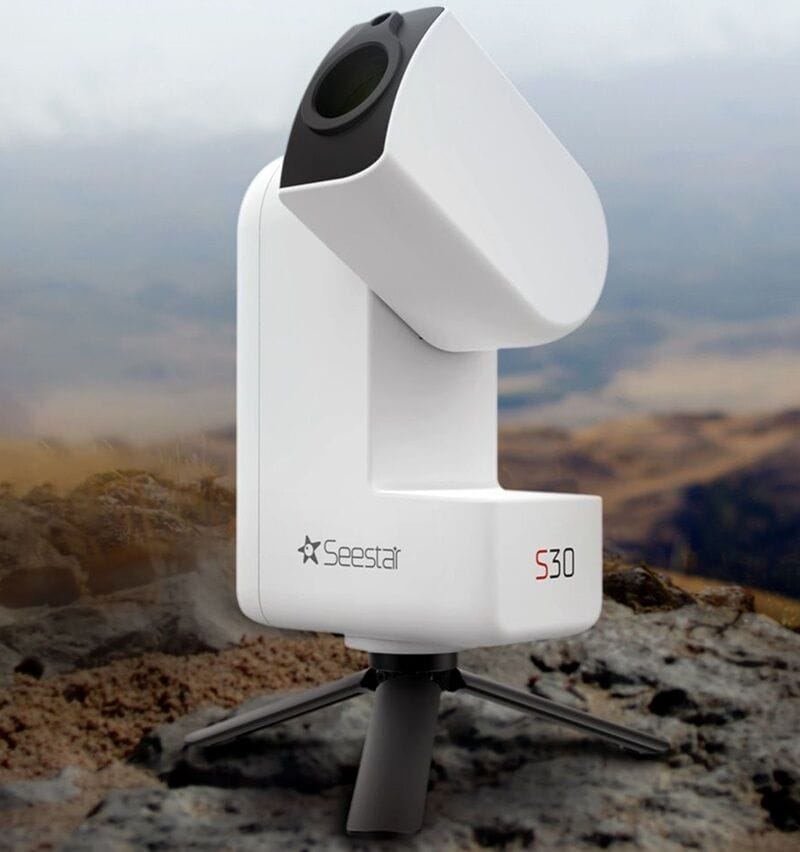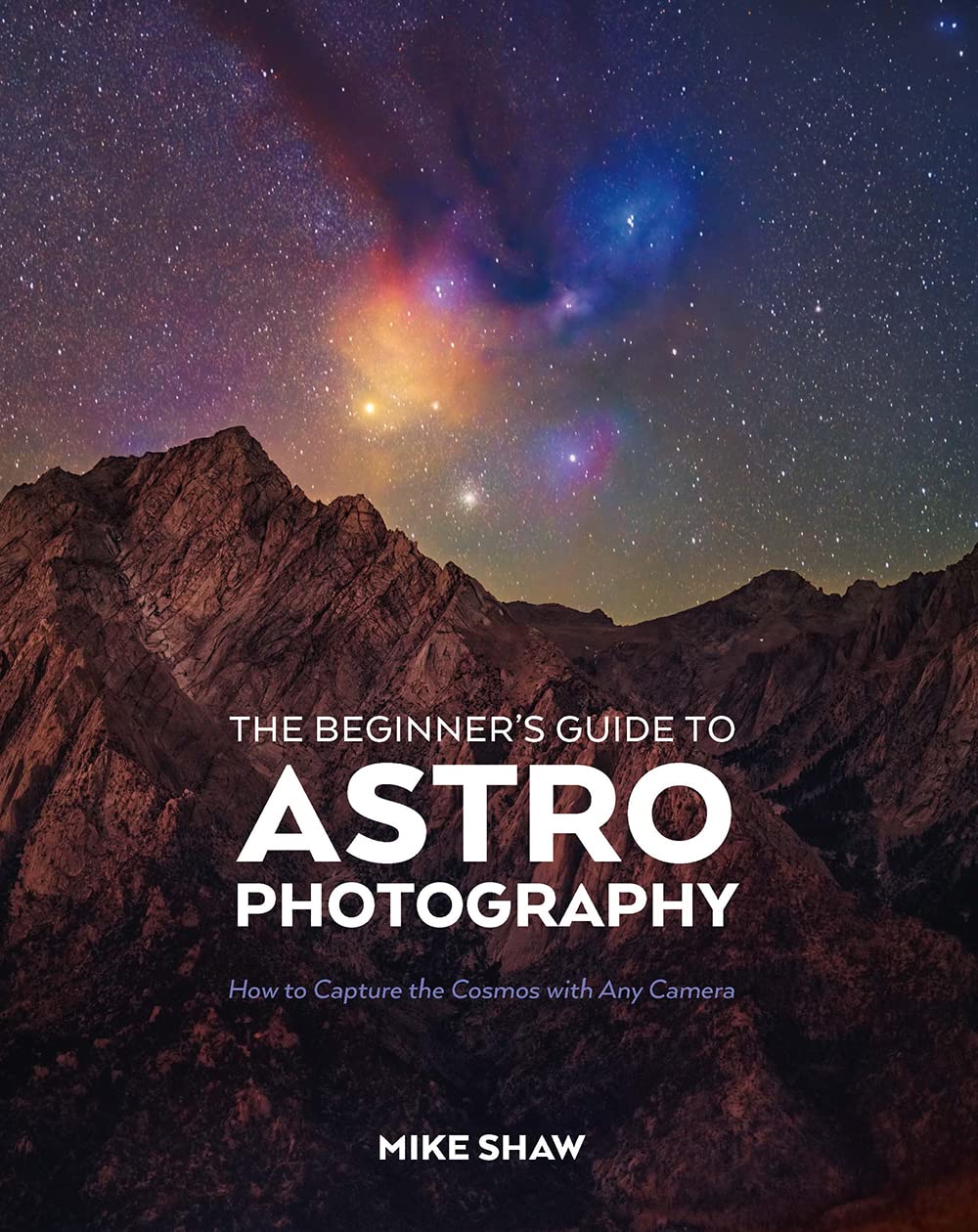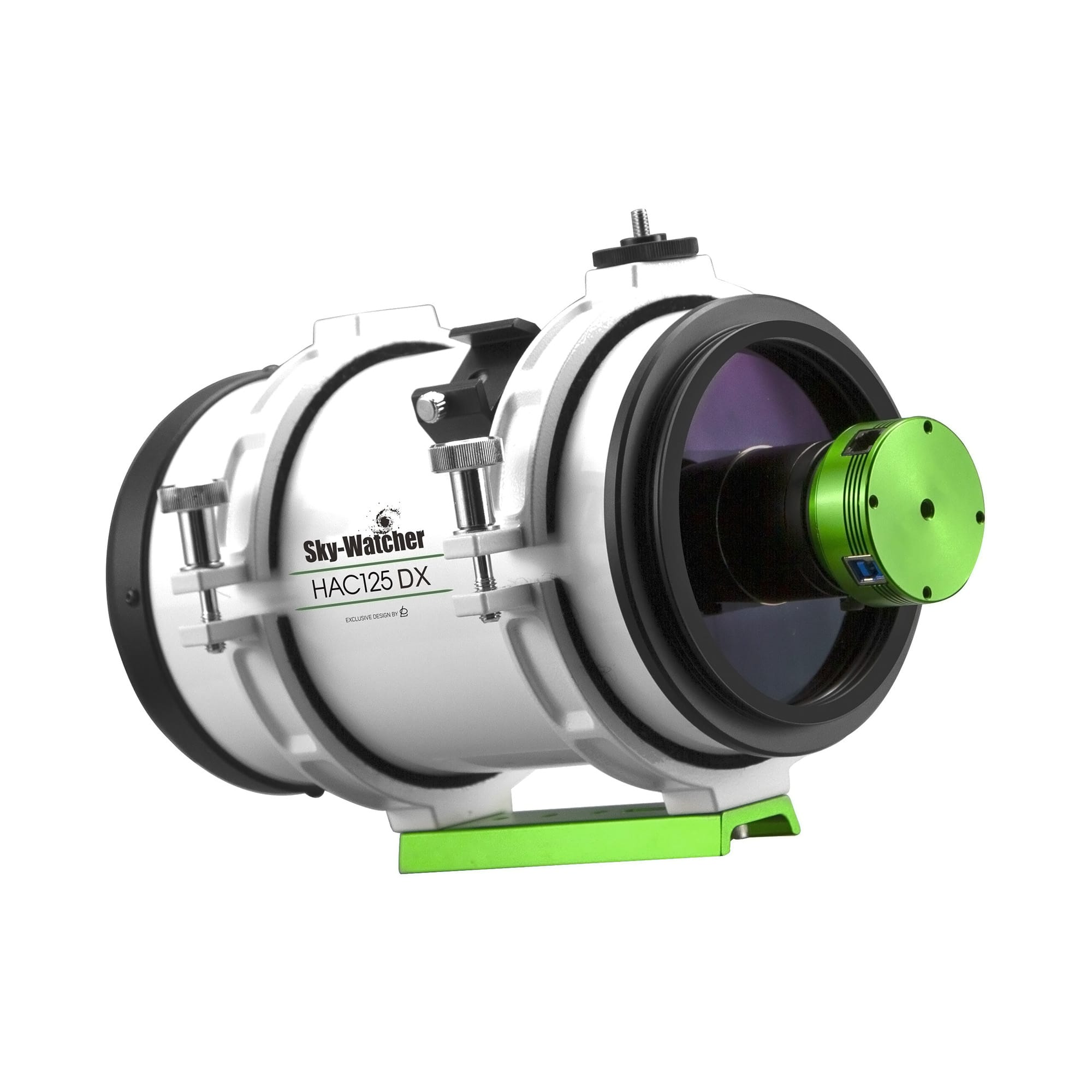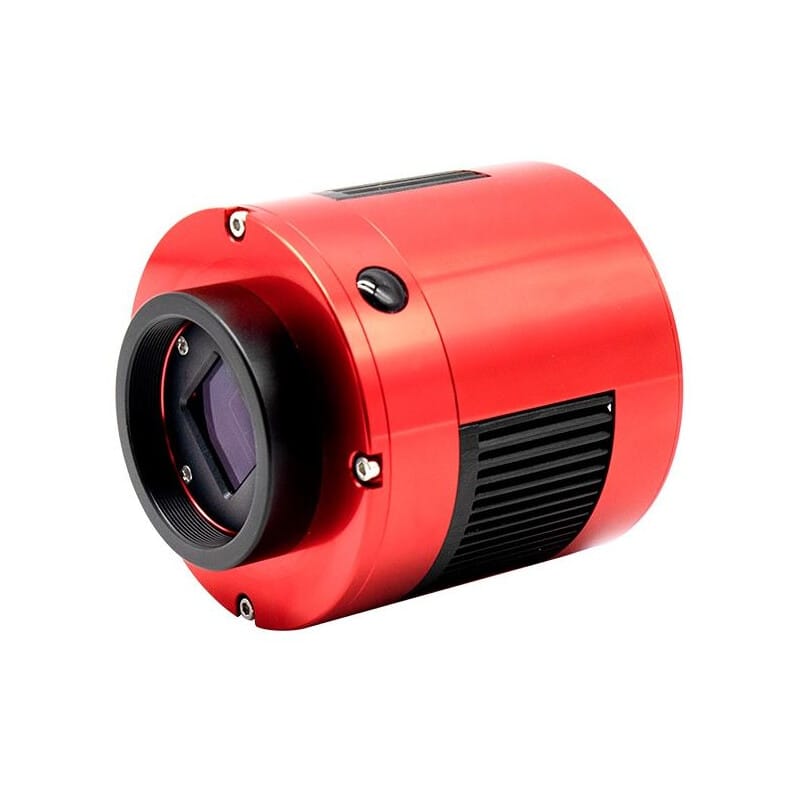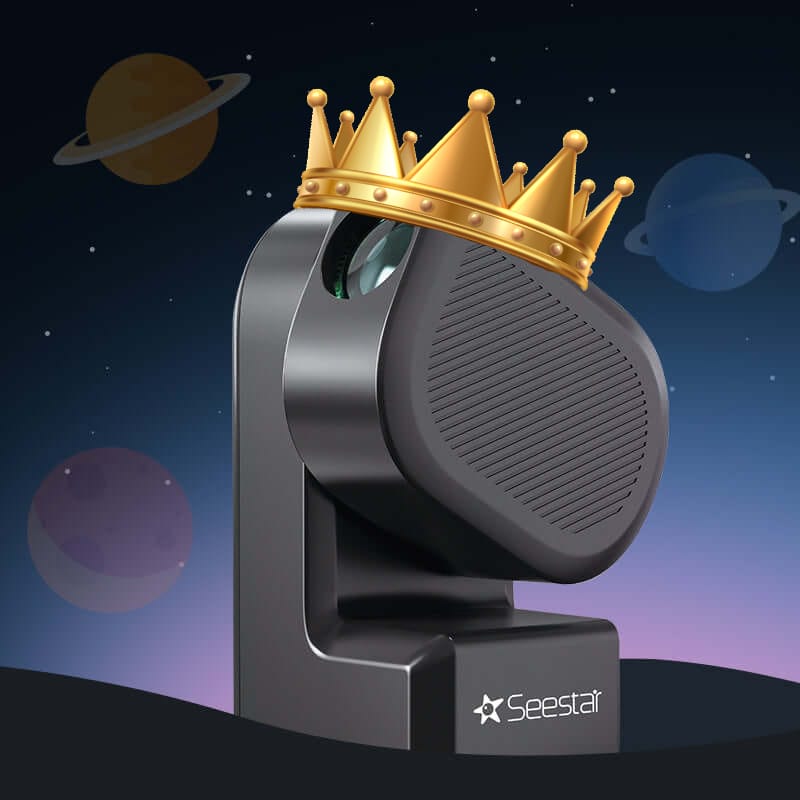ZWO’s Seestar S30 has quietly become a favourite among beginner astrophotographers looking for an all-in-one smart telescope that’s compact, capable, and user-friendly. So when ZWO announced the S30 Pro, it naturally raised eyebrows. Same series, but “Pro” tagged on—so, what’s changed?
Rather than a complete redesign, the S30 Pro is more of a feature-rich evolution of the original. If you’ve already got the S30, you’re probably wondering whether it’s worth upgrading. And if you’ve been sitting on the fence, the Pro might be what nudges you into the smart telescope game.
Let’s walk through what’s new, what’s improved, and what stays the same.
Key Differences
Storage: Internal memory boosted from 64GB to 256GB, addressing storage limitations with larger image files.
Sensor: The Pro upgrades to the Sony IMX585 sensor—four times the surface area of the original S30’s IMX662.
Field of View: Wider sky coverage with a jump from 2.13° × 1.2° to 4.3° × 2.4°.
Optics: Upgraded from a 3-element APO to a 4-element quad for improved sharpness and colour correction.
Wide-Angle Lens: The Pro gets a proper wide-angle module powered by the IMX586, offering an 84° field of view and enabling Milky Way and star trail modes.

Bigger Sensor, Same Resolution—but That’s a Good Thing
Let’s start with the sensor—the IMX585 is the biggest upgrade here, and it fundamentally changes how the scope frames the sky. The original S30 uses the IMX662, a solid performer with excellent low-light capabilities, but it’s physically small. The S30 Pro keeps the same 2.9μm pixel size, so you’re not gaining more resolution in terms of arcseconds per pixel (still around four arcseconds), but what you do gain is real estate. A lot of it.
The new sensor has four times the surface area, meaning your framing is massively improved. With the S30, imaging something like the Andromeda Galaxy often meant using mosaic mode to fit the whole thing in. On the Pro, it fits comfortably in a single shot—no stitching required. If you enjoy shooting large DSOs or want more freedom in composition, this is a big deal.
Optical Refresh: Cleaner Edges, Truer Colour
The sensor isn’t the only piece of hardware that got attention. ZWO also updated the main lens from a three-element apochromat to a four-element quad. In plain terms, that means better correction across the image. You’ll see less chromatic aberration on bright stars and sharper corners, particularly when paired with that larger sensor.
It’s not a reinvention of the wheel, but it does elevate the image quality subtly—and that adds up when you’re stacking hours of exposure time.
Wide-Angle Gets Serious
The original Seestar had a basic wide-angle lens. It did the job for panoramic views and time-lapse video, but it wasn’t quite on par with competing smart scopes in that department. ZWO seems to have taken that feedback seriously.
The S30 Pro includes a dedicated wide-angle module powered by the Sony IMX586—the same sensor you’d find in a high-end smartphone. With an 84° field of view, it’s now a proper wide-field imager, capable of capturing Milky Way shots and star trails with impressive quality. ZWO has even introduced new software modes in the app to support these features directly.
This isn’t a novelty add-on anymore—it’s a second camera with its own use case, and it dramatically expands what this little scope can do.
Storage That Keeps Up
With the S30, storage was occasionally a limitation—especially when shooting mosaics or longer sessions in high resolution. ZWO has addressed that with a jump from 64GB to 256GB in the S30 Pro.
It might sound like a small detail, but when you factor in the larger main sensor, the addition of a capable wide-angle lens, and longer video or time-lapse recordings, that extra space will come in handy. Especially if you’re someone who forgets to offload images regularly (we’ve all been there).
Should You Upgrade?
So, is the Seestar S30 Pro a necessary upgrade? That depends entirely on how you use your current setup.
If you’re already using the original S30 and primarily imaging smaller nebulae, galaxies, or planets, you might not feel the need to switch. The original scope still holds up well for that kind of work, and its performance-per-size remains one of the best in its class.
But if you’re keen on capturing larger DSOs, want to shoot wider fields without mosaicking, or are interested in creative wide-angle compositions, then the S30 Pro is a substantial upgrade. It builds on everything the S30 does well, but adds enough new features to justify the “Pro” label.
It doesn’t seem like any of the accessories are getting an upgrade, if you’re looking for an upgrade to your S30 tripod you can view the best alternatives here.
For newcomers to the smart telescope market, the Pro is the model to aim for—especially if you want to skip the learning curve and jump into both wide-field and deep-sky imaging with a single, travel-friendly device.
Final Thoughts
ZWO hasn’t reinvented the Seestar—they’ve refined it. The S30 Pro isn’t trying to do something entirely different, but it does more of what made the S30 so appealing in the first place. Bigger sky, more flexible shooting, better optics, and practical improvements like increased storage make it a thoughtful, user-informed update.
If the Seestar S30 helped a generation of beginners get their first taste of astrophotography, the S30 Pro feels like the version they’ll grow into—and stay with for longer.
Looking for a comparison between the Seestar S50 and the S30 – we have a full breakdown here

